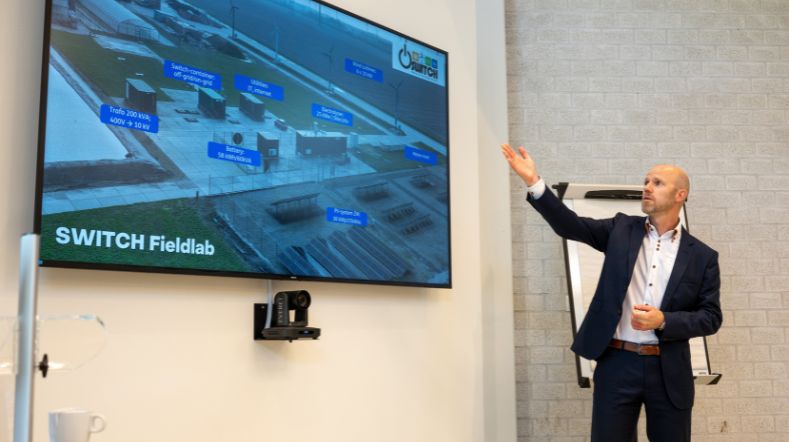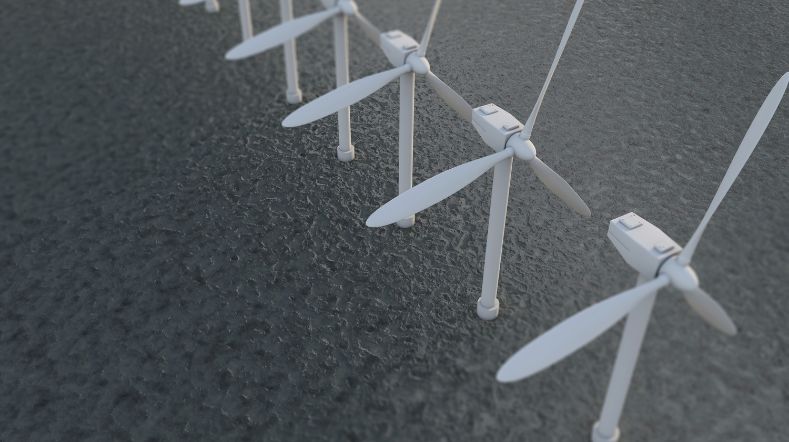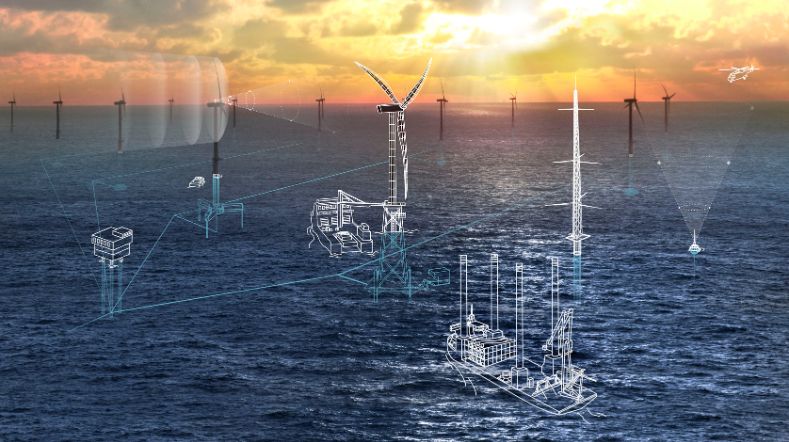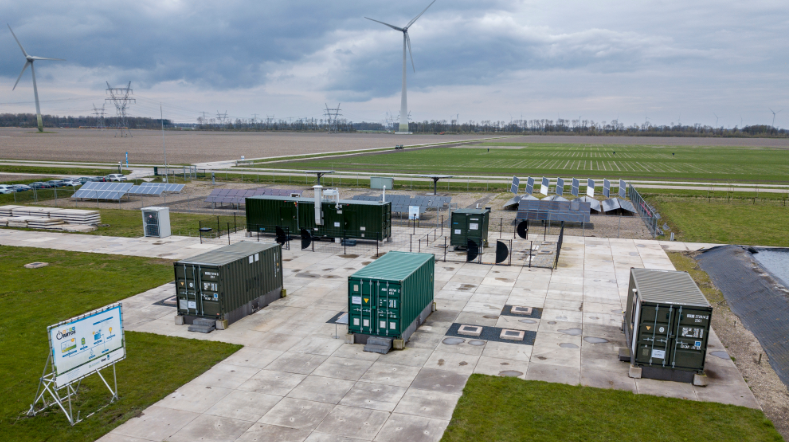
Required infrastructure to integrate offshore wind into the energy system
Due to the strong growth of offshore wind energy, ever larger amounts of wind energy must be incorporated into the energy system. Some wind energy will come ashore as electricity via cables, other portionsof it will be converted into hydrogen, and subsequently transported to ports and industrial clusters through gas pipelines. Working in cooperation with the business community, TNO is investigating which infrastructure will be needed for this.
Speed is required
We are investigating which innovative solutions can connect wind energy to hydrogen infrastructures on a large scale. In view of the expected massive expansion of the offshore generation of wind energy to 21 gigawatts by 2030, speed is needed from both governments and the business community. Developing infrastructure is always a long-term pursuit, but to transport hydrogen in particular on a large scale, it is desirable to accelerate this development in the short term.
The combination of electricity and hydrogen
We are investigating, among other things, which technical combinations of connection to the electricity grid and local conversion of wind energy into hydrogen are possible. These innovations will lead to lower costs, higher reliability, and flexibility, resulting in a higher market value. The electrical connection of offshore wind farms has its limits, however, making the conversion of wind energy into hydrogen through electrolysis a logical option. Hydrogen as an energy carrier provides cost benefits when transporting large capacities over long distances. It can also be stored as a buffer to build more flexibility into the energy supply. On top of this, hydrogen has many uses, especially as a raw material and energy source for the processing industry and for heavy transport.
Cooperation between north sea countries
The Netherlands, Germany, Denmark, and Belgium are jointly committed to the strong growth of offshore wind energy generation. These countries will also be cooperating to create offshore ‘energy hubs’ with connections to the different countries and multi-country transmission system. Today, the size of offshore wind farms and the long distances wind energy has to travel to connect with the onshore grid are already presenting significant technical and economic challenges.
Recent studies reveal that the coordinated development of the offshore grid offers cost advantages while also being technically feasible. For example, we have calculated that our country could save tens of billions of euros by coordinating the energy transition in the North Sea region with all the surrounding countries. In such a coordinated effort, our knowledge on the integrated analysis of scenarios for grids at sea can be used to support the developers of wind farms, grid operators, and governments.
Quality submarine cables
High requirements are set for offshore wind farms (to guarantee voltage quality, for example). The wind turbines are connected through power electronic converters and extensive submarine cables, potentially causing unwanted harmonic voltages and currents. In cooperation with stakeholders and knowledge partners, we are conducting research to reduce these disruptions, resulting in lower costs and higher reliability.
TNO is a co-initiator of a consortium of twenty industrial and knowledge partners that together are working on improving the reliability of submarine cables.
Get inspired
TNO and Jungle AI collaborate to detect cyberattack on wind turbine and improve detection capabilities


OESTER project to advance offshore electricity storage


Wind energy webinars

Webinar: System transformation in offshore renewable supply


SWITCH tackles the energy issues of the future


